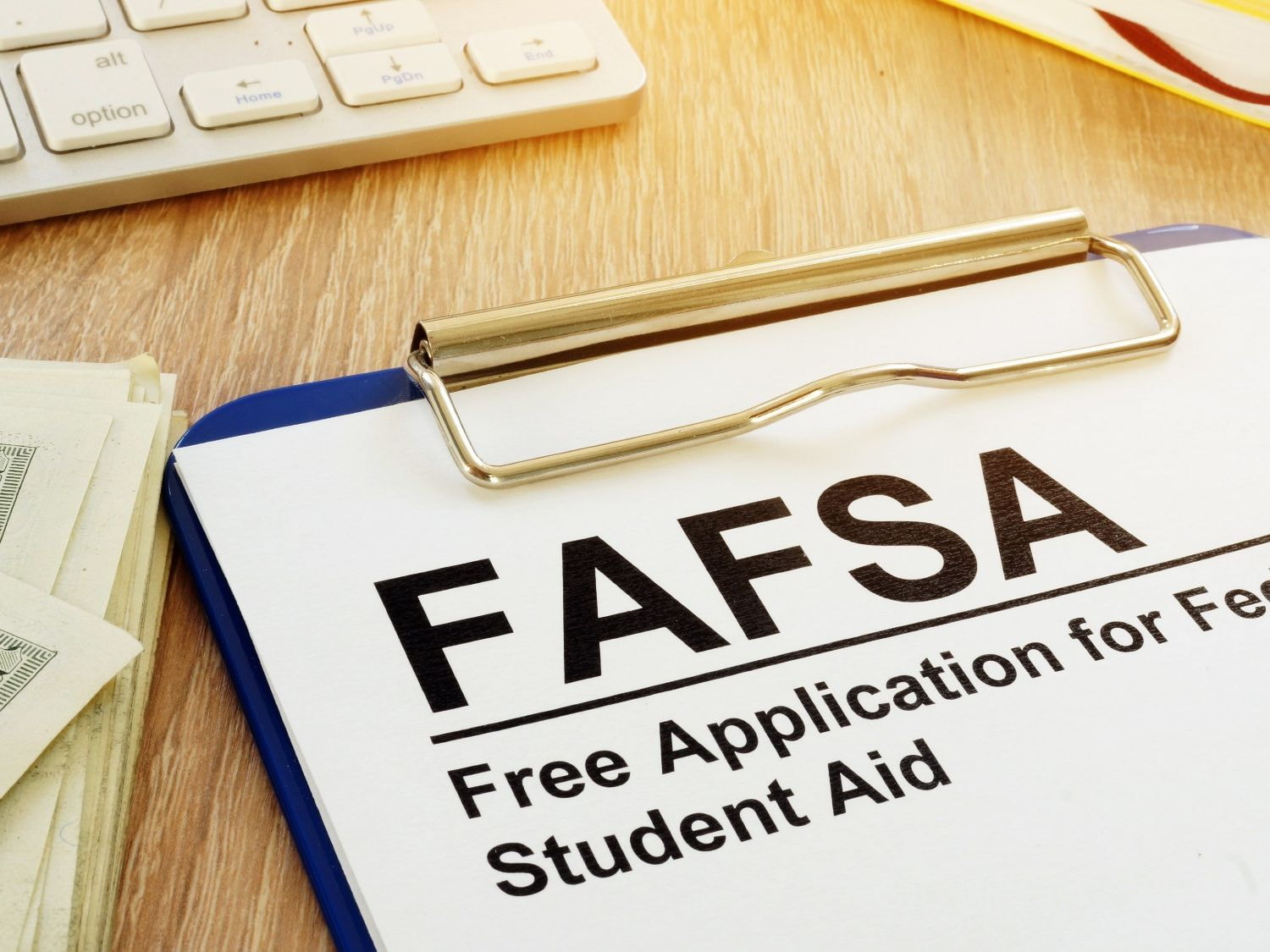You have a grand plan for your future; the only thing you need now is help paying for it. FAFSA (Free Application for Federal Student Aid) forms, scholarships, and grants! Scholarships, grants, and forms' Oh My'! You are not off to see the wizard, but your immediate future will be filled with deadlines, eligibility rules, and essay requirements, 'Oh My!'.
Fortunately, there are learning platforms and training programs available for you online. This will provide interactive guidance and digital resources to help you go through these complex applications. It's like seeing a wizard, as they often use advanced eLearning tools to make the experience interesting and effective.
Modern content authoring tools are helping professionals to design these courses so students are able to get support without having to sift through government websites, dazed and confused.
Here's how the right technology can simplify the process.
1. Interactive Video Tutorials
Why are educators starting to, more and more, use the best content authoring tools? Here’s why:
The Free Application for Federal Student Aid (FAFSA) is notorious for being complex and daunting, with over 100 questions being thrown at over 17 million applicants each year; and then the dependency complexities (are you an independent student, do your parent contribute to your education costs, how much money do you make, etc., etc).
This can be so confusing that students will abandon the application. This is such a shame, as they'll miss out on financial aid that could make a difference to them. Interactive video tutorials that walk learners through each section in real time could change everything.
Platforms like Khan Academy and edX host financial literacy courses with embedded FAFSA simulations.
These tutorials often include:
- Highlighted key fields to prevent errors.
- Pause-and-fill prompts let students complete sections alongside the video.
- Visual aids clarifying terms like 'adjusted gross income'.
To create such tutorials, educators have started to use content authoring tools that are SCORM (Sharable Content Object Reference Model) compliant, offering compatibility with most learning management systems (LMS), thereby reducing production costs for the facilities that use them.
2. Search Modules that are 'Gamified'
Setting up interactive modules is more interesting than just reading paragraph after paragraph and not knowing (or even understanding) what you're looking for.
This encourages the interaction so students can:
- 'Unlock' scholarships by completing mini-quizzes on eligibility.
- Earn badges for submitting applications on time.
- Compete on leaderboards (anonymously) to stay motivated.
- Drag-and-drop interactions.
- Progress tracking.
Coursera's career readiness courses, for instance, integrate branching scenarios where students simulate applications for need-based vs. merit-based aid.
This hands-on approach reinforces learning better than static PDF lists.
3. Instant Financial Aid Q&A
Students often have urgent FAFSA questions outside business hours ("Is my parents' retirement income counted?"). Instead of waiting days for a financial aid office email, AI chatbots in the courses provide instant answers.
For example:
- A student types, "Do I need my parents' tax info if I'm 24?"
- The chatbot pulls from the Department of Education's guidelines to confirm independence rules.
- It then links to the relevant FAFSA section for further reading.
These chatbots are often built using LMS-integrated authoring platforms, which let educators update responses as policies change without needing a developer to change the programming.
4. Template Libraries for Grant & Essay Writing
An essay will require more than good grades and knowing the information. You need some storytelling skills, elegance, and style. Many students find it hard to begin, and staring at blank pages doesn't inspire.
Online courses solve this with downloadable templates, including:
- Outline builders for "Why I Deserve This Scholarship" essays.
- Sentence starters for personal statements.
- Rubric checklists to self-grade drafts.
eLearning platforms can provide more than a foundation; they take it further with fillable, interactive worksheets.
For instance, a module might use a 'Mad Libs' style exercise where students drop achievements into pre-structured narratives.
This makes things easier to organize for authoring tools.
5. Progress Trackers & Deadline Reminders
The number #1 reason applicants lose aid is a missed deadline.
Online dashboards make it easier to remember with automated reminders like:
- Countdown timers for state/college-specific FAFSA deadlines.
- Email/SMS alerts for recommendation letter requests.
- Progress bars showing completion status (e.g., "FAFSA 80% done").
Conclusion
Student debt is on the rise, so the demand for financial aid is also on the rise.
Education is expensive, but until the world embraces free education for everyone, financial aid in one form or another will exist, and will also exist to be complicated.
And leveraging online courses, you'll continue to make things simpler and eliminate all the red tape, which means students are less stressed and more scholarships will be granted.
Demystifying the application aid process means applicants are more aware of what scholarships and aid are out there, and that is magical.
Sooo, maybe the wizard came through one module at a time! 'Oh what a wonderful Wiz it was!'















